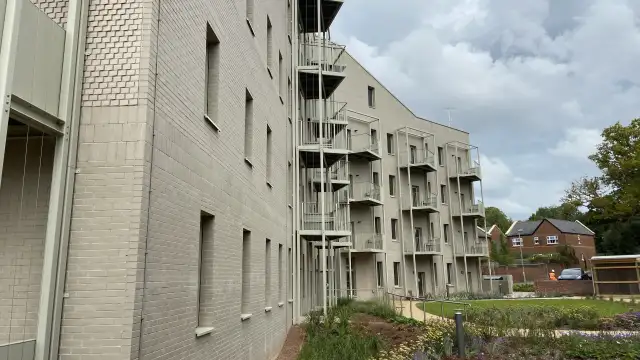By Mary James
Small-group problem solving and networking is clearly an idea whose time has come for Passive House aficionados. In the UK the Passivhaus Trust has set up Passivhaus Client Clubs specifically to help coach social housing providers that are new to Passive House through their most difficult projects—namely, the first ones. The intention of the clubs is to provide online meetups for social housing clients during which their knotty questions can be addressed—particularly with regard to optimizing designs and costs—and ultimately to assist delivering Passive House at a large scale.








